Vietnam is one of the fastest-growing tourist destinations in Southeast Asia today. According to Vietnam’s Ministry of Culture, Sport & Tourism, there were 15.
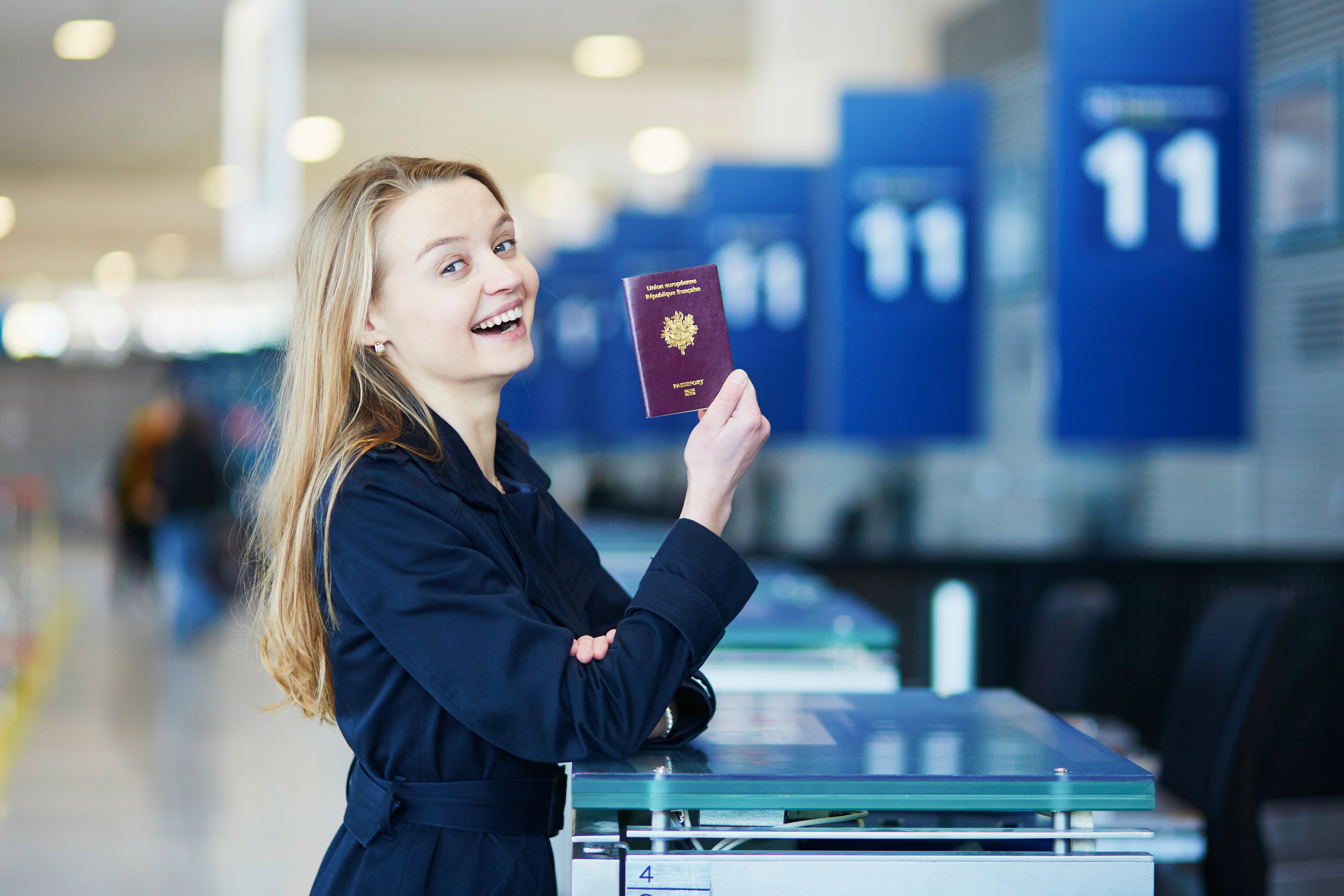
When it comes to your Vietnam visa, there are two visa types that you’ll come across with, the eVisa and Visa on Arrival. Some tourists thought these two visas are the same, but they are not. In fact, they are totally different from each other.
If you’re planning a trip to Vietnam soon and you’re not sure whether to get the eVisa or the Vietnam Visa on Arrival, then here’s everything you need to know.

As more and more tourists are visiting Vietnam in the past few years, the country has decided to relax and improve its visa policy. In doing so, they are hoping to attract more tourists into the country and improve its tourism industry. Thus, the visa policy of Vietnam is now so easy and this is good news to all foreign tourists who are planning to see the unique beauty of the country.
Although the Vietnam visa policy will vary depending on the nationality or the country where you came from, most nationalities are eligible for two types of visa, the eVisa and Visa on Arrival. The Visa on Arrival is not new since this has already existed for several years and is available to many foreign tourists. However, the eVisa is relatively new.
Each type of these visas has its own advantages and disadvantages. It’s important that you familiarize yourself with these visas so you will know what would work best for you.
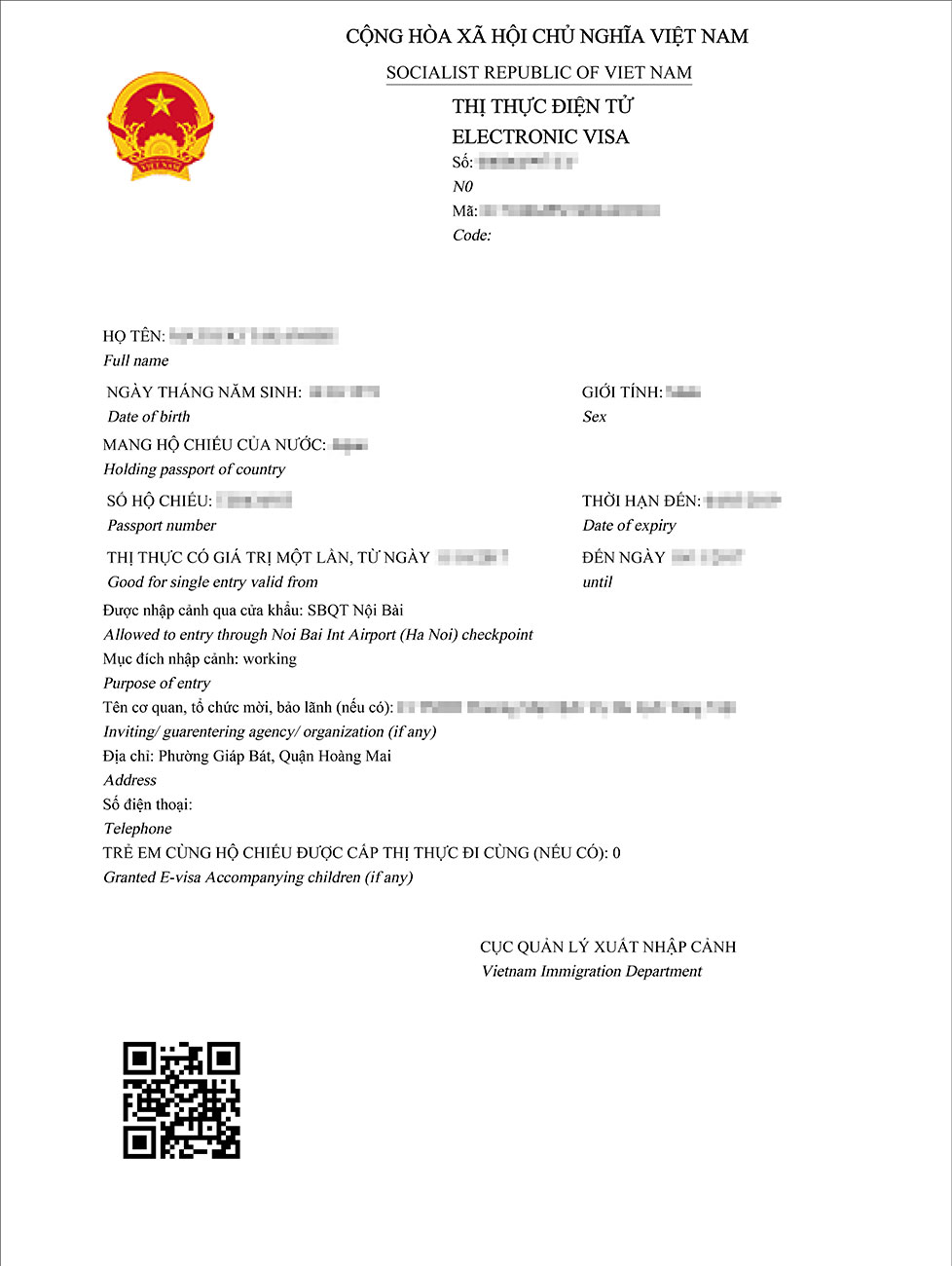
As of now, the Vietnam eVisa is only available to 80 countries. This visa gives tourists the opportunity to stay in the country for up to a month or 30 days and is only applicable for a single entry.
If you plan on staying in Vietnam for less than 30 days and your country is included in those 80 countries that qualify for the eVisa, then you better avail of this visa since it’s a more convenient way of applying for a visa to Vietnam. Just carry a copy with you at the airport and present it at the immigration counter. You’ll then be allowed entry to Vietnam.
With a Vietnam e-Visa, you’d be able to enter at various entry points in the country, including land borders, sea borders, and airport gates.
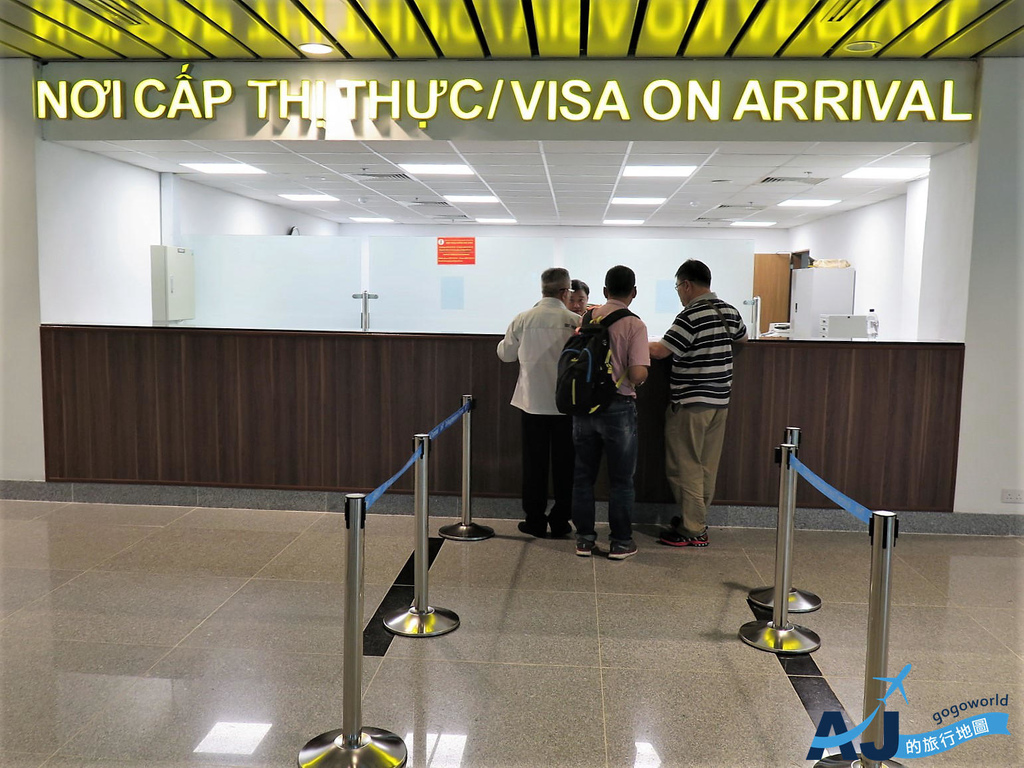
As the name suggests, the Vietnam Visa on Arrival is a type of visa that you can apply upon arrival at the country. This is usually what most foreign tourists would use to gain entry to Vietnam. However, the process of obtaining a Visa on Arrival is more complicated than that of the eVisa. But there are instances where the Visa on Arrival might be more suitable for your situation.
The biggest advantage of getting a Vietnam Visa on Arrival is flexibility. This particular visa is applicable to citizens of most countries, whereas the eVisa is only available to 80 countries. Furthermore, the Visa on Arrival allows you to stay longer in Vietnam.
With the Vietnam Visa on Arrival, you can stay in the country for up to 90 days or 3 months. You can also have multiple entries with this visa since it’s not only limited to a single entry. However, the biggest downside with the Visa on Arrival is that you will need to spend some time at the airport to apply for this visa. During the peak season, the line can get very long, which is very inconvenient especially if you came from a long flight.

Now that you knew what an eVisa and Visa on Arrival is, let’s take a closer look at their differences.
First of all, Vietnam eVisa is applicable to only 80 countries. But with the Visa on Arrival, most countries are eligible for this.
The two visas also differ in the ports of entry that you can use the visa. If you have an eVisa, you can use it in 33 entry points around the country, including land and sea borders, as well as airport gates. However, if you will avail of the Visa on Arrival, you can only apply for it at the airport. Therefore, the only way to get this visa is to travel by air to Vietnam.
With the eVisa, you can only avail of a single entry. However, the Vietnam Visa on Arrival will give you an option to avail of multiple entries. As for the length of stay, the eVisa will allow you to stay in the country for only 30 days. But with the Visa on Arrival, you can stay up to 3 months or 90 days.
Given these differences, you should be able to decide for yourself if whether the eVisa or Visa on Arrival is what you should apply on your trip to Vietnam.
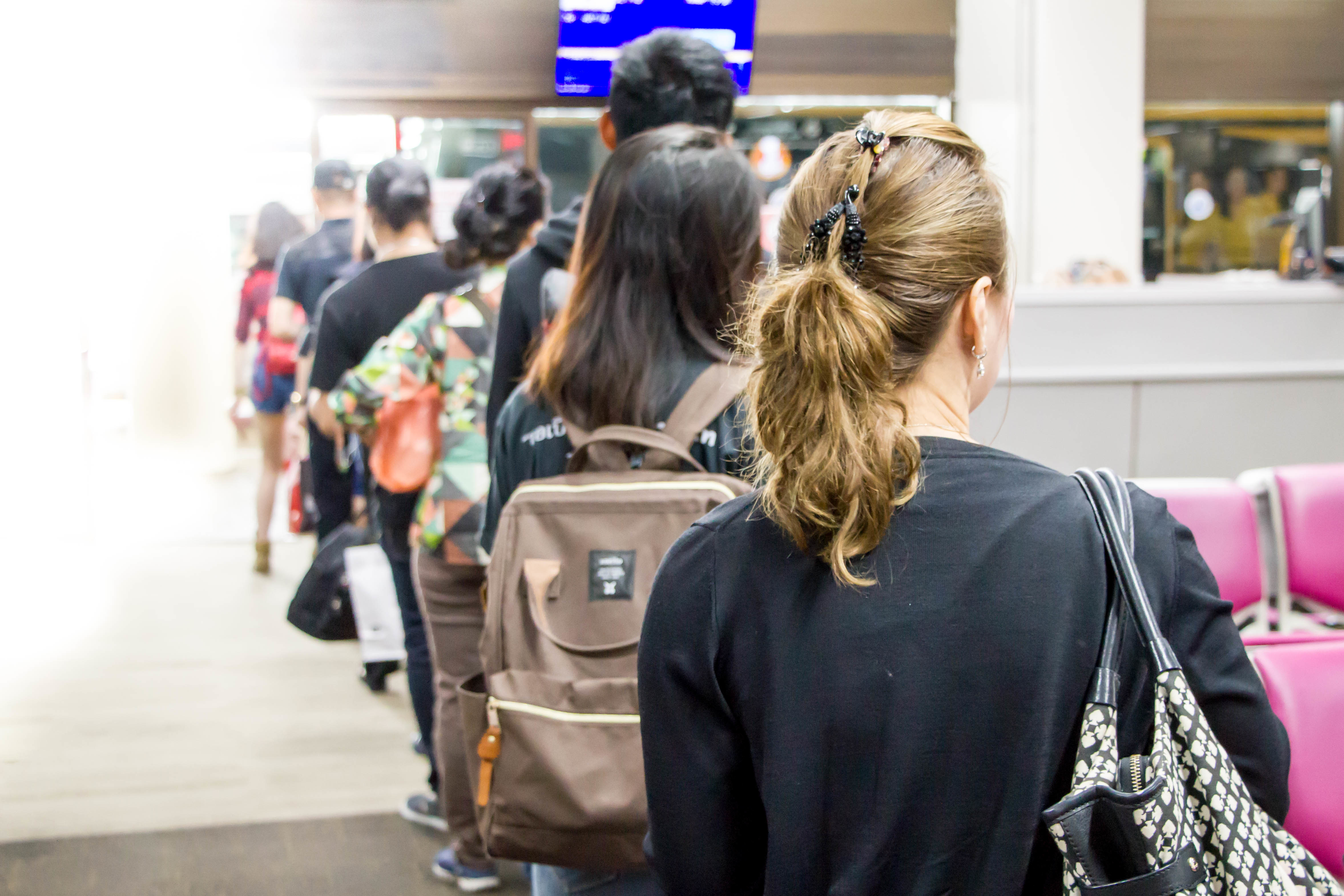
Vietnam is one of the fastest-growing tourist destinations in Southeast Asia today. According to Vietnam’s Ministry of Culture, Sport & Tourism, there were 15.
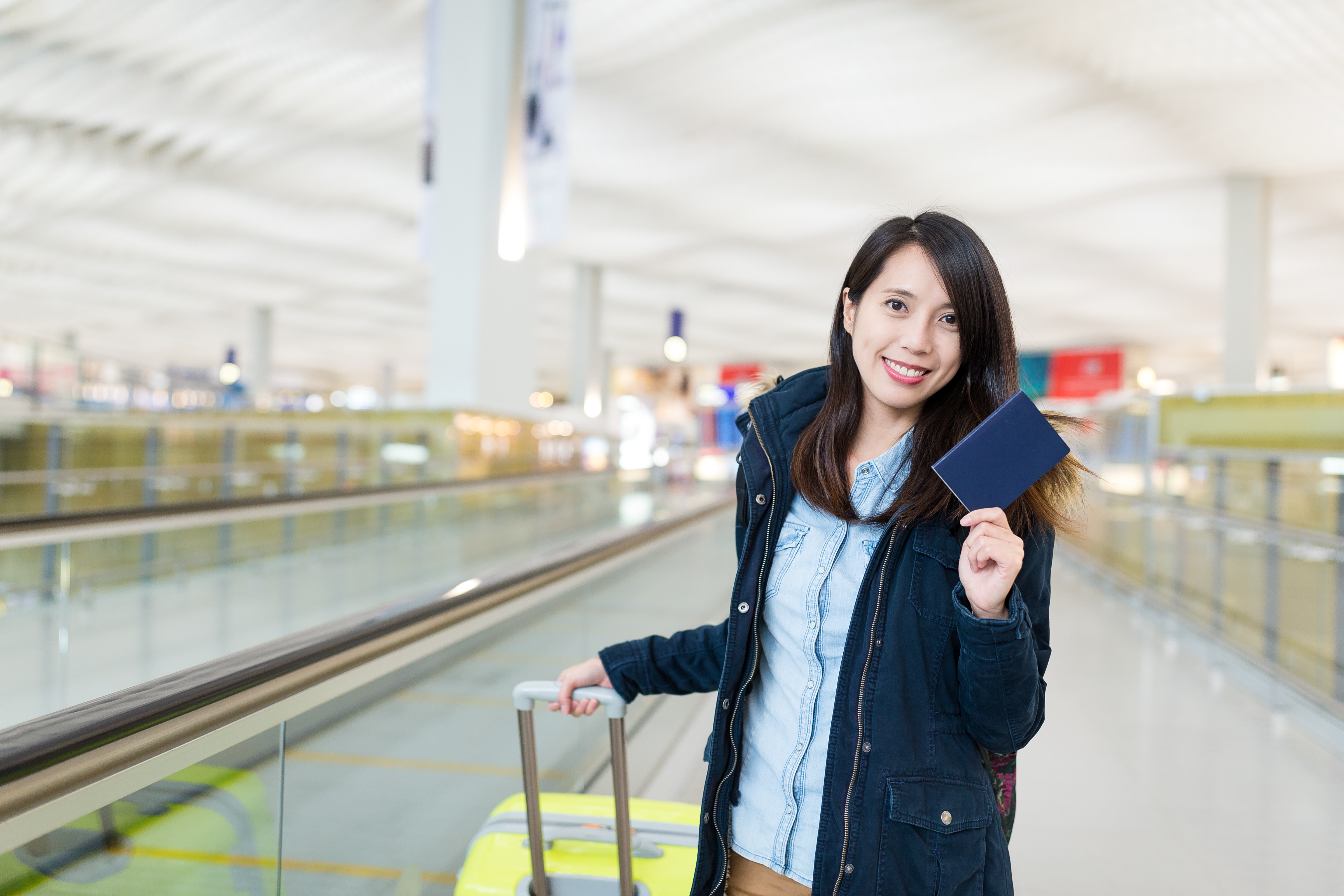
Starting in February 2019, the Immigration Department of Vietnam has added 35 more countries to the list of countries that can avail of the eVisa program. One of the countries that were recently added on the list is Hong Kong, along with Macau.
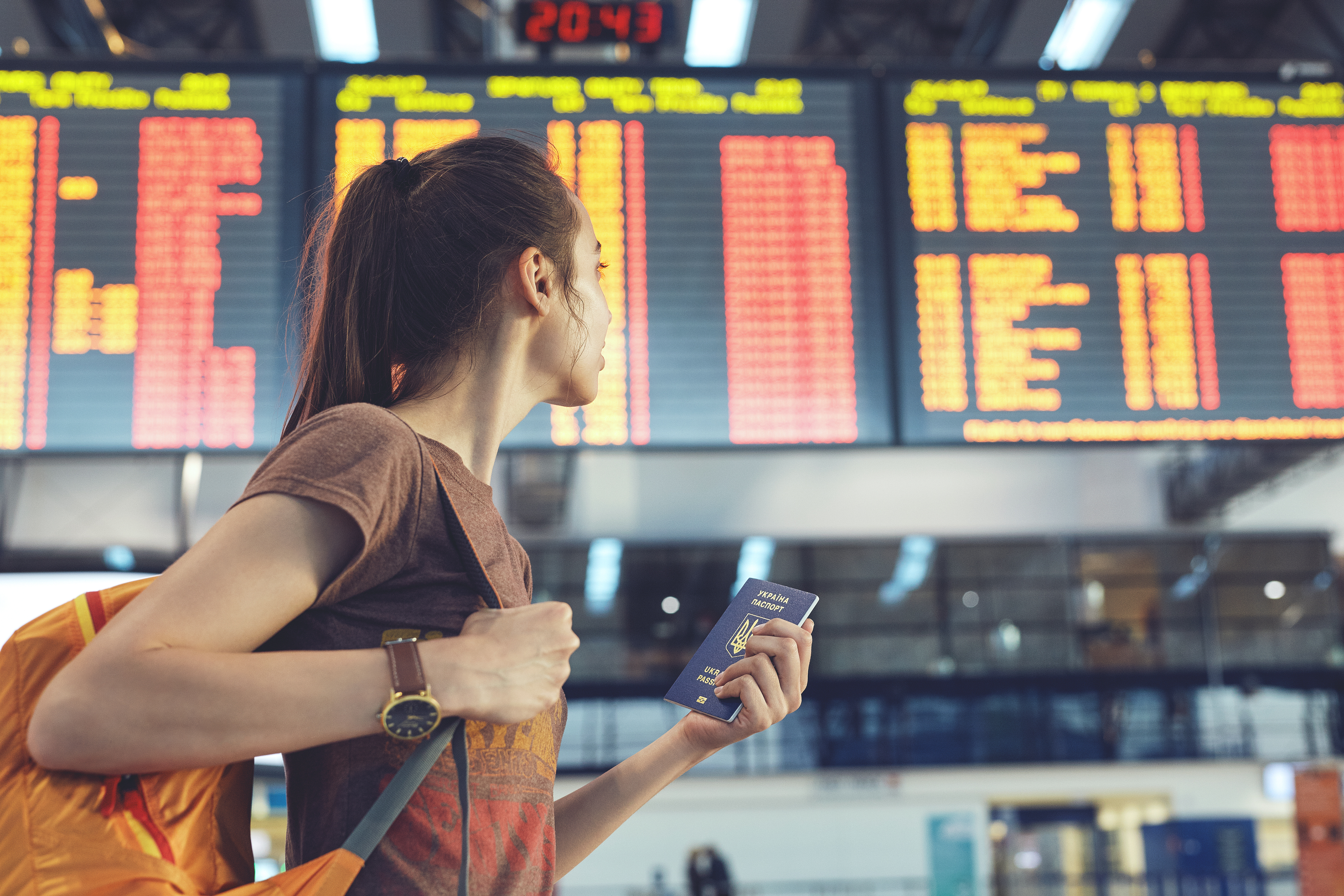
Foreign travelers who are heading to Phu Quoc for a holiday are able to stay on the island for 30 days visa-free. However, this privilege comes with certain conditions.
I want a visa run to Cambodia, can I get Vietnam Visa In Moc Bai Border Checkpoint Yes, it’s possible to apply for a Vietnam Visa at the Moc Bai border checkpoint. This border gate is shared by Vietnam and Cambodia and those who wanted to extend their Vietnam visa can come here.
Starting in February 2019, Hong Kong passport holders can avail of the Vietnam eVisa online. This is a very convenient option for Hong Kong citizens who are planning to go on a holiday to Vietnam but don’t want to go through the hassles of applying for a visa at a Vietnam embassy.
Unilateral Visa Exemption for ordinary passports of Belarus, Denmark, Finland, France, Germany, Italia, Japan, Korea, Norway, Russia, Spain, Sweden and UK. Russia, Japan, Korea, Denmark, Norway, Sweden, and Finland passport holders allowed to stay in Vietnam for a maximum of 15 days visa-free, regardless of their passport types and entry purposes.
– After the payment, you will receive email confirmation for your visa order, if you found any error or mistake, just reply to that email or you can send an email request to info@vietnam-visa.in to ask for correction.